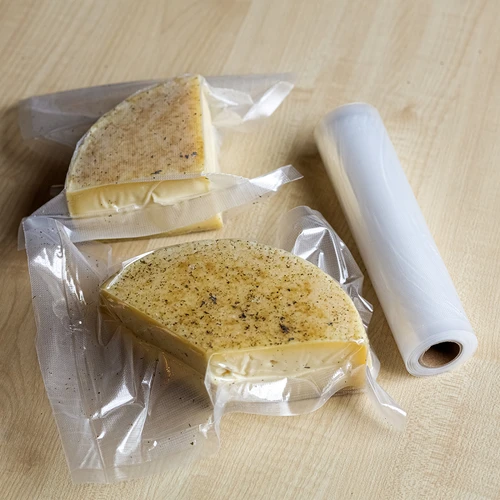Meat and Cheese Vacuum Packaging Market Strategies Targeting Smart Technology Integration and Consumer Transparency Solutions

The meat and cheese vacuum packaging market is evolving rapidly, driven by rising consumer demand for freshness, longer shelf life, sustainability, and convenience. Vacuum packaging has become a critical element in the food packaging industry, particularly in the meat and dairy sectors, as it prevents oxidation, reduces spoilage, and retains flavor and texture over extended periods. To stay competitive, companies are implementing advanced strategies that align with current technological trends and consumer preferences.
1. Emphasis on Extended Shelf Life and Product Safety
One of the foremost strategies in the vacuum packaging market is the enhancement of product shelf life. By removing oxygen from the packaging environment, vacuum sealing significantly slows microbial growth, thereby maintaining product integrity. This is particularly important for meat and cheese products, which are prone to spoilage and contamination.
Leading packaging companies are investing in high-barrier films and multilayer materials that offer superior protection. These films are designed to block oxygen, moisture, and UV light, all of which can compromise the quality of the contents. By integrating advanced sealing techniques and materials, manufacturers ensure their products remain safe and fresh throughout the supply chain.
2. Smart Packaging Technology Integration
With digital transformation sweeping across industries, vacuum packaging is also undergoing a tech revolution. Smart packaging solutions—featuring sensors, QR codes, and freshness indicators—are being incorporated into vacuum packages to monitor and display real-time information about product condition.
This innovation not only enhances transparency but also builds consumer trust. Retailers and manufacturers can track logistics, temperature fluctuations, and storage conditions, ensuring consistent product quality and safety. Consumers, on the other hand, can scan a QR code to get insights into expiration dates, sourcing, and even recipes, creating a more interactive and informative purchasing experience.
3. Sustainable and Eco-Friendly Packaging Solutions
Sustainability has emerged as a key driver in packaging strategies. Eco-conscious consumers are urging brands to adopt greener alternatives. As a response, many meat and cheese packaging companies are transitioning from traditional plastics to recyclable, biodegradable, or compostable vacuum packaging materials.
Innovations like bio-based plastics, reduced plastic multilayer films, and recyclable vacuum pouches are becoming more common. Additionally, manufacturers are optimizing package designs to reduce material use without compromising product protection. These practices not only reduce environmental impact but also appeal to eco-aware consumers, giving companies a competitive edge.
4. Customization and Branding Strategies
In a market where shelf appeal plays a crucial role, custom vacuum packaging has gained momentum. Brands are focusing on differentiated packaging designs that reflect product quality and brand identity. Clear windows, resealable features, and tailored labeling help distinguish products in a crowded retail space.
Additionally, flexible vacuum packaging allows for diverse shapes and sizes, accommodating everything from deli slices to bulk cheese blocks. Customized packaging solutions enable companies to cater to various distribution channels—retail, food service, and e-commerce—while enhancing user convenience and brand loyalty.
5. Market Expansion through Strategic Partnerships and Automation
To maintain a strong market presence, companies are expanding their geographic footprint and product reach. Strategic collaborations between meat/cheese processors and packaging solution providers are accelerating innovation and market penetration.
Automation is another critical strategy being adopted to increase efficiency and reduce labor costs. Fully automated vacuum packaging lines can handle high volumes, maintain consistency, and meet stringent food safety standards. This is especially vital for large-scale meat and cheese producers aiming to scale operations while maintaining quality.
Conclusion
The meat and cheese vacuum packaging market is shaped by evolving consumer expectations, technological advancements, and sustainability imperatives. Companies that integrate smart packaging, embrace sustainability, customize their offerings, and leverage automation are better positioned to succeed in a competitive landscape. As the global demand for convenient, safe, and long-lasting food products continues to grow, these strategies will play a pivotal role in shaping the future of vacuum packaging in the meat and dairy industry.
- Art
- Causes
- Crafts
- Dance
- Drinks
- Film
- Fitness
- Food
- Παιχνίδια
- Gardening
- Health
- Κεντρική Σελίδα
- Literature
- Music
- Networking
- άλλο
- Party
- Religion
- Shopping
- Sports
- Theater
- Wellness


